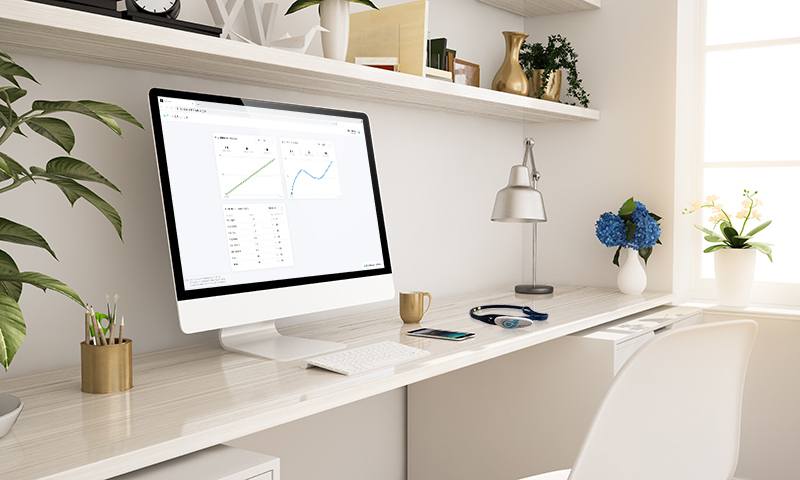Revealing the Secrets of the Brain Through qEEG Cerebral Mapping in Psychological Health Evaluation
Revealing the Secrets of the Brain Through qEEG Cerebral Mapping in Psychological Health Evaluation
Blog Article
Comprehending the human brain is a challenging task, especially when it comes to mental health. Traditional approaches of evaluation frequently depend on conversations and questionnaires, which can sometimes overlook crucial aspects about how the mind operates. This is where quantitative electroencephalography, or qEEG, comes into the picture. qEEG is a specific method that measures electrical signals in the cerebrum. By examining these brainwaves, mental health professionals can obtain important insights into a person's mental state, aiding to enhance diagnosis and treatment.
qEEG functions by applying small sensors on the scalp to record brain activity. These electrodes measure electrical signals produced by nerve cells, the cells in the brain that communicate with one another. The information collected is then processed and presented as a series of waveforms. Each kind of neural wave—such as alpha, beta, delta, and θ—relates to different mental conditions and activities. For example, alpha waves are often linked with calmness, while beta waves are associated to engaged thinking and problem-solving. By examining these trends, healthcare providers can identify irregularities that may suggest mental health issues.
One of the major advantages of qEEG is its ability to provide unbiased information. In contrast to traditional assessments that rely on personal accounts from clients, qEEG provides a clear picture of brain function. This clarity can assist minimize biases in diagnosis and lead to more accurate intervention plans. For example, if a client is experiencing anxiety, qEEG can reveal specific patterns of brain function that are linked with stress conditions. This data allows mental health professionals to tailor treatments more efficiently, whether it be through therapy, medication, or other treatments.
Moreover, qEEG can be especially beneficial in tracking intervention advancement. By performing qEEG assessments at different stages during therapy, clinicians can track changes in brain function over period. This continuous assessment assists ascertain if a intervention is working or if modifications are required. For instance, if a patient is not reacting to a specific treatment, qEEG may show that their brain activity has not altered in a way that indicates progress. This response cycle can lead to more personalized and efficient mental health care.
In conclusion, qEEG brain mapping is a powerful tool in the field of psychological health evaluation. By offering unbiased information about neural function, it improves the understanding of various psychological health conditions. This technique not only aids in accurate diagnosis but also helps in monitoring treatment effectiveness. As mental health professionals continue to explore helpful site the potential of qEEG, it holds promise for improving the lives of individuals facing mental health challenges. With continuous investigation and progress in techniques, the secrets of the brain may turn clearer, leading to better outcomes for those in need of support.